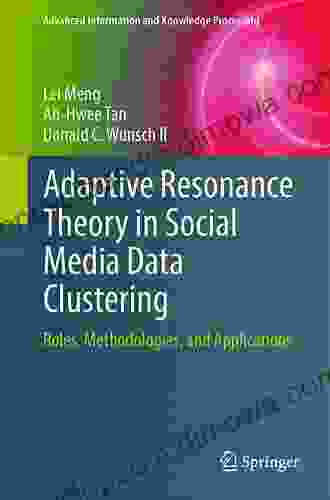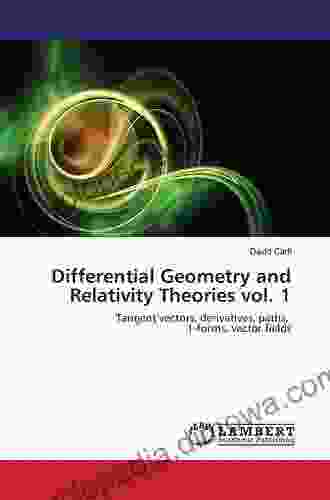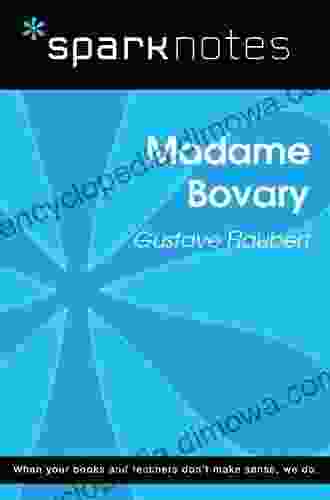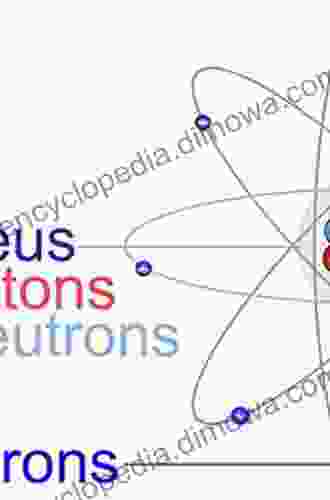Adaptive Resonance Theory: A Revolutionary Approach to Social Media Data Clustering

In today's digital age, social media has become an indispensable tool for businesses to connect with their customers, build brand awareness, and drive sales. With the vast amount of data generated on social media platforms, businesses have a wealth of information at their fingertips. However, extracting meaningful insights from this data can be a challenge.
The Problem with Traditional Data Clustering
Traditional data clustering algorithms, such as k-means and hierarchical clustering, often struggle to handle the complexity and noise inherent in social media data. These algorithms require pre-defined parameters, which can lead to arbitrary and inaccurate results. Additionally, traditional clustering algorithms are not well-suited for handling large datasets, which is common in the social media context.
5 out of 5
| Language | : | English |
| File size | : | 23626 KB |
| Text-to-Speech | : | Enabled |
| Screen Reader | : | Supported |
| Enhanced typesetting | : | Enabled |
| Word Wise | : | Enabled |
| Print length | : | 295 pages |
| Mass Market Paperback | : | 432 pages |
| Lexile measure | : | 1210L |
| Item Weight | : | 1.19 pounds |
| Dimensions | : | 6.14 x 0.63 x 9.21 inches |
| Hardcover | : | 258 pages |
The Solution: Adaptive Resonance Theory
Adaptive Resonance Theory (ART) is a cognitive neuro-scientific theory that provides a novel approach to data clustering. ART-based algorithms are self-organizing and do not require pre-defined parameters. They can automatically discover patterns and clusters in data, even in the presence of noise and outliers.
ART-based algorithms have been successfully applied to a wide range of data clustering problems, including social media data clustering. In the social media context, ART can be used to:
- Identify customer segments: Uncover distinct groups of customers based on their social media behavior, demographics, and interests.
- Analyze competitive landscapes: Monitor and compare the social media presence and engagement of competitors to identify opportunities and threats.
- Track brand sentiment: Analyze social media data to gauge customer sentiment towards a brand, product, or service.
- Identify influencers: Discover key influencers in a particular industry or topic, providing valuable insights for influencer marketing campaigns.
Benefits of Using ART for Social Media Data Clustering
There are numerous benefits to using ART for social media data clustering, including:
- Accuracy: ART-based algorithms are highly accurate and can discover meaningful patterns and clusters in data, even in the presence of noise and outliers.
- Self-organization: ART algorithms do not require pre-defined parameters, making them easy to use and adaptable to different data types.
- Scalability: ART algorithms are designed to handle large datasets, making them suitable for processing the vast amounts of data generated on social media platforms.
- Interpretability: The results of ART-based clustering are easy to interpret, providing actionable insights that can be used to inform business decisions.
Case Study: Using ART to Identify Customer Segments
A leading retail company used ART to identify customer segments based on their social media behavior. The company collected data from Twitter, Facebook, and Instagram to create a comprehensive profile of each customer. ART-based clustering algorithms were then used to identify distinct customer segments based on their demographics, interests, and social media engagement.
The company was able to identify four distinct customer segments:
- Value-oriented shoppers: This segment was primarily interested in finding the best deals and discounts.
- Trendy shoppers: This segment was interested in the latest fashion trends and was heavily influenced by social media.
- Loyal customers: This segment was highly engaged with the company's brand and was likely to make repeat Free Downloads.
- At-risk customers: This segment was showing signs of disengagement with the company and was at risk of churning.
The company used these insights to tailor its marketing and communication strategies to each customer segment. This resulted in increased customer engagement, improved sales, and reduced customer churn.
Adaptive Resonance Theory (ART) is a powerful tool for social media data clustering. By leveraging the self-organizing and scalable properties of ART, businesses can unlock actionable insights from their social media data to improve customer segmentation, analyze competitive landscapes, track brand sentiment, and identify influencers.
If you are looking to harness the full potential of your social media data, consider using ART-based clustering algorithms. These algorithms will provide you with the insights you need to make informed decisions and drive business success.
5 out of 5
| Language | : | English |
| File size | : | 23626 KB |
| Text-to-Speech | : | Enabled |
| Screen Reader | : | Supported |
| Enhanced typesetting | : | Enabled |
| Word Wise | : | Enabled |
| Print length | : | 295 pages |
| Mass Market Paperback | : | 432 pages |
| Lexile measure | : | 1210L |
| Item Weight | : | 1.19 pounds |
| Dimensions | : | 6.14 x 0.63 x 9.21 inches |
| Hardcover | : | 258 pages |
Do you want to contribute by writing guest posts on this blog?
Please contact us and send us a resume of previous articles that you have written.
 Book
Book Novel
Novel Page
Page Chapter
Chapter Text
Text Story
Story Genre
Genre Reader
Reader Library
Library Paperback
Paperback E-book
E-book Magazine
Magazine Newspaper
Newspaper Paragraph
Paragraph Sentence
Sentence Bookmark
Bookmark Shelf
Shelf Glossary
Glossary Bibliography
Bibliography Foreword
Foreword Preface
Preface Synopsis
Synopsis Annotation
Annotation Footnote
Footnote Manuscript
Manuscript Scroll
Scroll Codex
Codex Tome
Tome Bestseller
Bestseller Classics
Classics Library card
Library card Narrative
Narrative Biography
Biography Autobiography
Autobiography Memoir
Memoir Reference
Reference Encyclopedia
Encyclopedia Earl Browning
Earl Browning Troy Adashun
Troy Adashun Christian Haase
Christian Haase Steve Belichick
Steve Belichick Karen Ritchie
Karen Ritchie Yuxi Hayden Liu
Yuxi Hayden Liu A A Milne
A A Milne A K Sprutey
A K Sprutey K A Cummins
K A Cummins Grey King
Grey King Arnold Furious
Arnold Furious Robert V Allegrini
Robert V Allegrini A E Conrady
A E Conrady Paul Gutierrez
Paul Gutierrez Warren Larsen
Warren Larsen Henri Cohen
Henri Cohen Willy Russell
Willy Russell Antonio Galbis
Antonio Galbis 7th Edition Kindle Edition
7th Edition Kindle Edition Raffaele Castelli
Raffaele Castelli
Light bulbAdvertise smarter! Our strategic ad space ensures maximum exposure. Reserve your spot today!

 Herman MitchellUnlock Your Child's Problem-Solving Genius with DK Workbooks Problem Solving...
Herman MitchellUnlock Your Child's Problem-Solving Genius with DK Workbooks Problem Solving... Jesus MitchellFollow ·6.7k
Jesus MitchellFollow ·6.7k Adrien BlairFollow ·6k
Adrien BlairFollow ·6k Dwayne MitchellFollow ·7.8k
Dwayne MitchellFollow ·7.8k Jared NelsonFollow ·9.5k
Jared NelsonFollow ·9.5k Sidney CoxFollow ·3.1k
Sidney CoxFollow ·3.1k Gabriel Garcia MarquezFollow ·2.8k
Gabriel Garcia MarquezFollow ·2.8k Larry ReedFollow ·18.2k
Larry ReedFollow ·18.2k Jamie BlairFollow ·8.1k
Jamie BlairFollow ·8.1k
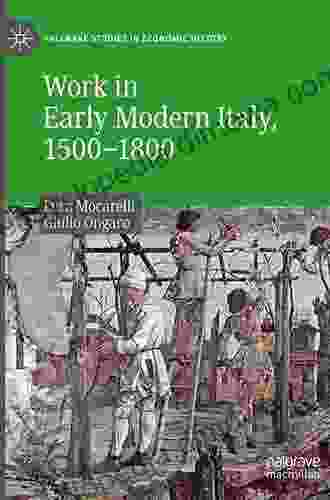
 Zadie Smith
Zadie SmithWork in Early Modern Italy 1500-1800: A Captivating...
: Unraveling the Enigmatic...

 Noah Blair
Noah BlairIceland's Most Unusual Museums: A Quirky Guide to the...
Iceland is a land of natural wonders, from...
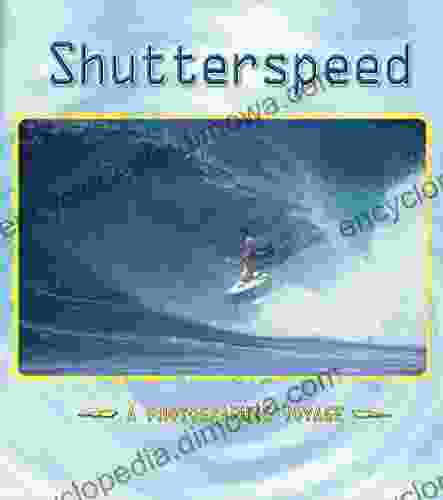
 Ross Nelson
Ross NelsonShutterSpeed - A Photographic Voyage
Embark on an Unforgettable Photographic...
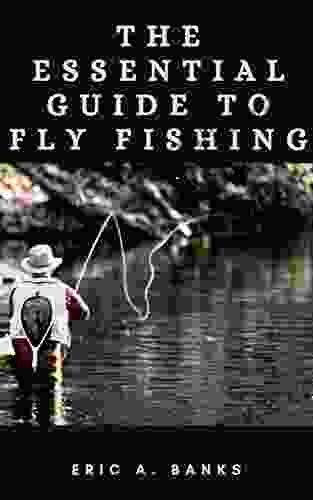
 Wayne Carter
Wayne CarterUnveiling the Secrets: Detailed Streamside Field Guide to...
Embark on an unforgettable fly fishing...

 Patrick Rothfuss
Patrick RothfussHannah Montana: Reality Check Junior Novel 19
The Ultimate Behind-the-Scenes Adventure for...

 Chad Price
Chad PriceCreate More Than 30 Projects from Vintage Pieces: Unleash...
Embrace the Art of...
5 out of 5
| Language | : | English |
| File size | : | 23626 KB |
| Text-to-Speech | : | Enabled |
| Screen Reader | : | Supported |
| Enhanced typesetting | : | Enabled |
| Word Wise | : | Enabled |
| Print length | : | 295 pages |
| Mass Market Paperback | : | 432 pages |
| Lexile measure | : | 1210L |
| Item Weight | : | 1.19 pounds |
| Dimensions | : | 6.14 x 0.63 x 9.21 inches |
| Hardcover | : | 258 pages |


